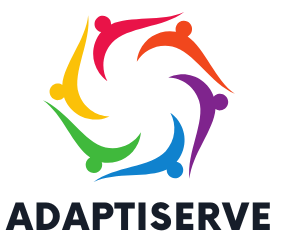A Comprehensive Checklist
Businesses today face unprecedented threats from natural disasters, cyberattacks, and other disruptions. A robust disaster recovery plan is essential to minimize downtime, reduce data loss, and ensure business continuity. This checklist provides a comprehensive guide to develop and implement an effective plan.
Step 1: Risk Assessment and Business Impact Analysis
- Identify potential disaster risks specific to your industry and organization.
- Conduct a business impact analysis to identify critical functions and systems that must be restored promptly.
- Prioritize IT systems and data based on their impact on operations and revenue.
Step 2: Disaster Recovery Team and Roles
- Establish a cross-functional disaster recovery team with clear roles and responsibilities.
- Assign specific individuals to key roles, such as team leader, communications manager, and technical lead.
- Provide regular training to the team to enhance their skills and knowledge.
Step 3: Document Your Plan
- Create a comprehensive disaster recovery plan that includes:
- Recovery procedures for each critical IT system and process
- Contact details for key personnel, vendors, and stakeholders
- Instructions for data backup and restoration
- Communication channels for employees and customers
Step 4: Backup and Replication Strategies
- Implement regular and reliable data backups to both on-site and off-site locations.
- Utilize replication technologies to maintain real-time copies of critical data.
- Test backups and replication processes regularly (at least quarterly) to ensure effectiveness.
Step 5: Communication Plan
- Develop a communication plan that outlines internal and external communication channels.
- Identify key messages to convey to employees, customers, and stakeholders.
- Establish procedures for issuing updates and instructions during a disaster.
Step 6: Redundant Infrastructure and Cloud Solutions
- Invest in redundant infrastructure, such as servers, network devices, and power systems.
- Consider cloud-based disaster recovery solutions to provide scalable and cost-effective backup and recovery capabilities.
Step 7: Test Your Plan
- Conduct regular tests of your disaster recovery plan, simulating various scenarios.
- Evaluate the effectiveness of the plan and identify areas for improvement.
- Update the plan based on lessons learned from each test.
Step 8: Monitor and Update the Plan
- Monitor your IT environment for potential threats and vulnerabilities.
- Update the disaster recovery plan regularly to reflect changes in technology, personnel, and business processes.
Step 9: Employee Training and Awareness
- Educate employees about their roles and responsibilities during a disaster.
- Provide training on data security, backup procedures, and communication protocols.
- Conduct drills and simulations to reinforce employee preparedness.
By following this comprehensive checklist, organizations can develop and implement an effective disaster recovery plan that enhances their ability to respond to disruptions, protect their business, and maintain customer trust. Remember, disaster recovery planning is an ongoing process that requires continuous monitoring, testing, and updating. Need help reviewing your plan or creating a new plan for your growing organization? Reach out, we’re happy to help!


No responses yet